Primo Amore: Unforgettable Charm
In the vast landscape of Italian cinema, there are actor pairs who manage to capture the audience’s attention. Not only for their acting prowess but also for the explosive chemistry they convey on screen. Among these iconic pairs is the one formed by Ugo Tognazzi and Ornella Muti. Whose collaboration in “Primo Amore” has left an indelible mark in the hearts of viewers.
“Primo Amore” is a 1978 film directed by Dino Risi. Renown for his ability to explore the nuances of human relationships in an authentic and engaging manner. The film tells the story of two people who, despite belonging to different worlds, fall deeply in love. Defying social prejudices and conventions of the time.
Ugo Tognazzi plays the role of Nanni, a mature, charming man with a playful nature. Who will embark on a relationship with the young and sensual Valeria, played by Ornella Muti. The age difference and social background between the two characters become an evident obstacle, but their love manages to withstand adversity.
The film is an ode to overwhelming passion and the ability to love beyond conventions. Tognazzi and Muti’s performances are extraordinary, thanks to their ability to convey authentic emotions and the intense gaze they exchange during the most intense scenes.
The chemistry between the two actors was palpable even off-screen. Ugo Tognazzi, with his charisma and versatility, perfectly embodied the role of the mature seducer. On the other hand, Ornella Muti, with her breathtaking beauty and vulnerability, captivated the audience with her sensual and engaging performance.
The success of “Primo Amore” was not only due to its compelling plot and Dino Risi’s masterful direction. But also to the magic that was created between Ugo Tognazzi and Ornella Muti on set. Their on-screen relationship has become an icon of Italian cinema, an example of how love can overcome every obstacle when it is authentic and sincere.
Even years after its release, “Primo Amore” continues to be a reference point for cinema lovers. Thanks to its ability to touch and engage the audience. And much of this credit goes to the extraordinary performances of Ugo Tognazzi and Ornella Muti. Two legendary actors who have turned a simple film into an unforgettable masterpiece.
Watch the movie on Movieitalyplus!
Read more articles here!


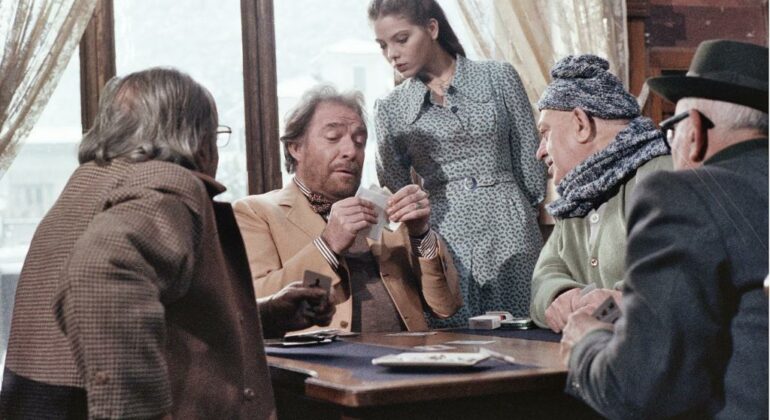

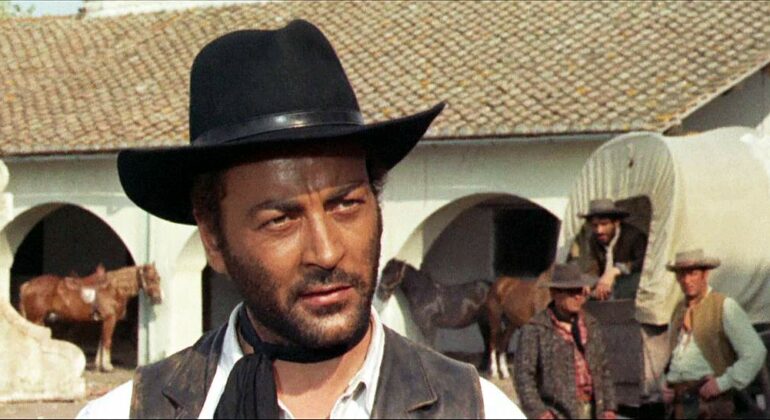

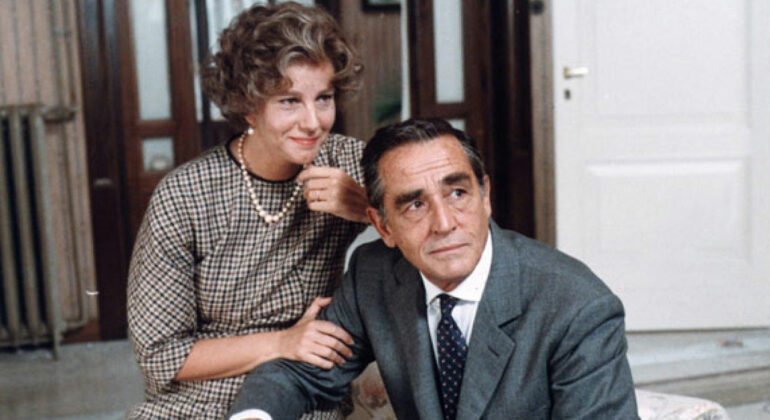
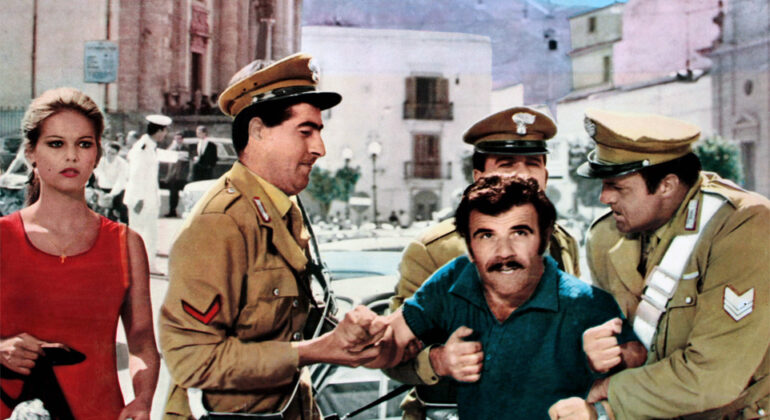


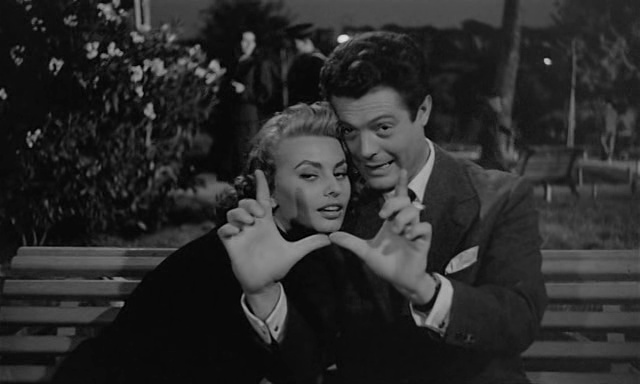
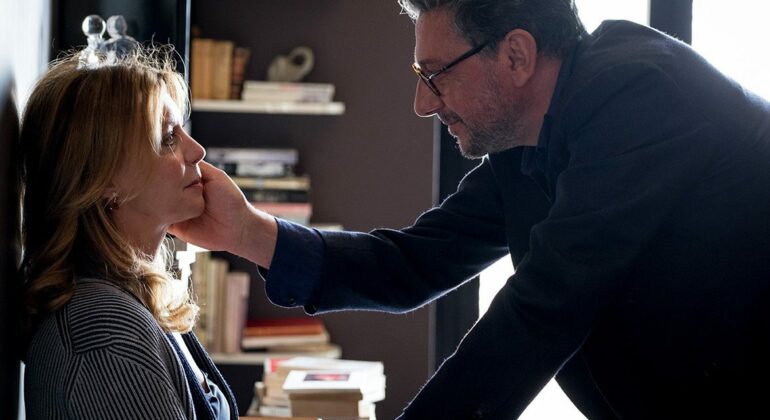




Recent Comments